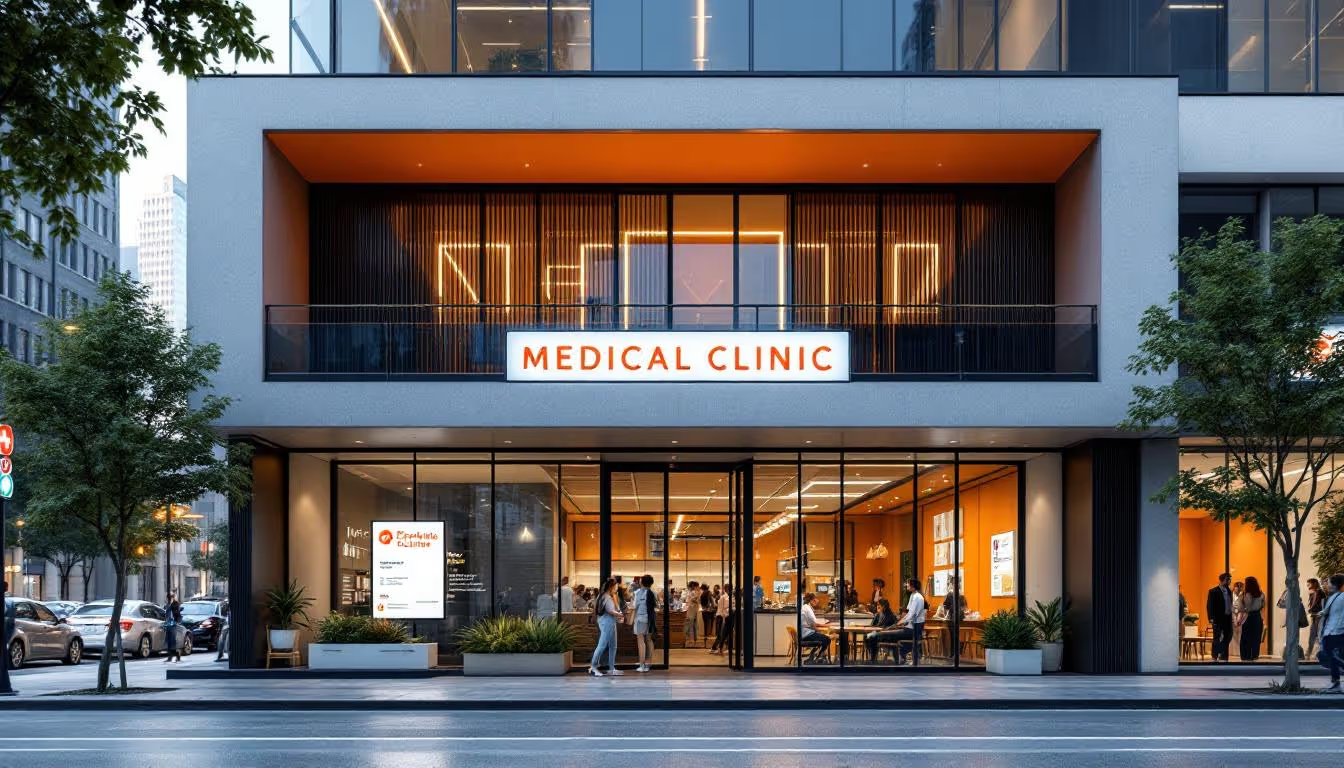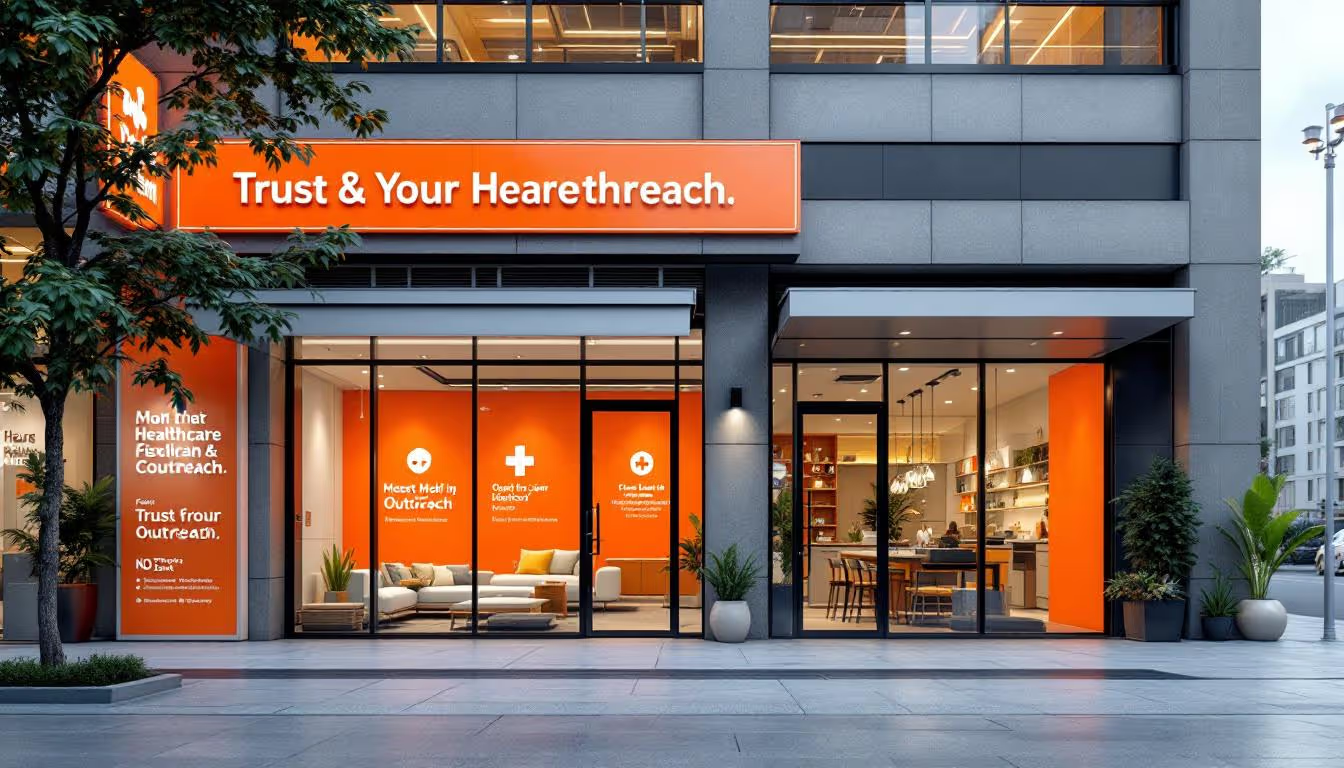How to Improve Bounce Rate for Medical Sites
7 Proven Strategies to Keep Patients Engaged and Enhance Your Medical Website


How to Improve Bounce Rate for Medical Sites
Understanding Bounce Rate and Its Impact on Healthcare Websites
In today’s digital age, your medical website serves as a critical touchpoint for potential patients seeking trusted healthcare providers. One of the essential metrics for gauging website effectiveness is bounce rate—the percentage of visitors who leave after viewing only one page. A high bounce rate can indicate that visitors aren’t engaging with your content or finding the information they need, which may hinder patient communication and appointment bookings. Conversely, a lower bounce rate reflects user interest and the website’s ability to meet visitor expectations. By understanding what influences bounce rate and implementing targeted strategies, healthcare providers can foster greater engagement, build trust, and ultimately convert visitors into patients.
Understanding Bounce Rate and Its Significance in Healthcare
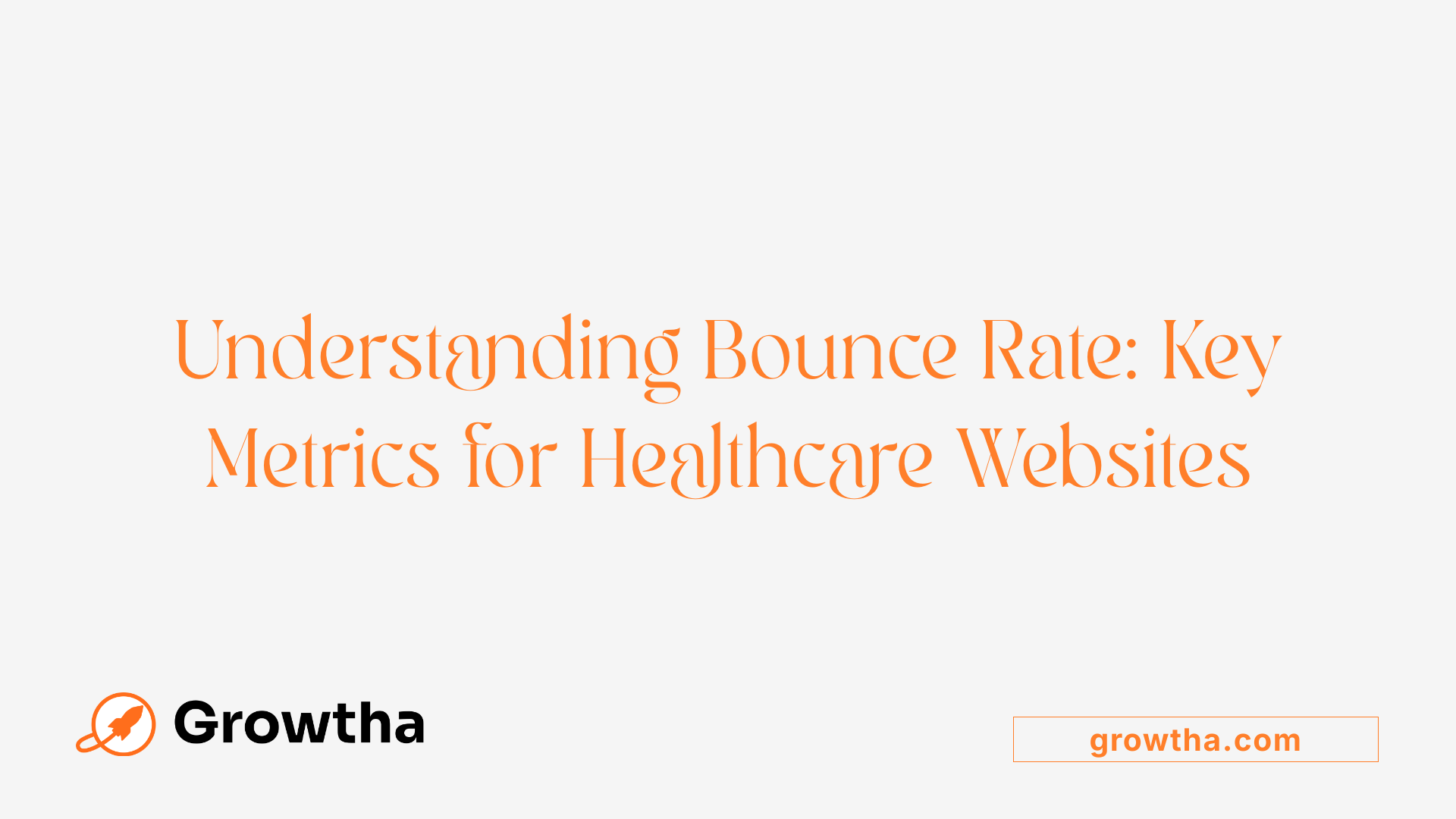
What is the bounce rate and why is it important for medical websites?
Bounce rate refers to the percentage of visitors who leave a website after viewing only one page, without further interaction. For healthcare and medical websites, this metric is particularly important because it indicates how effectively the site engages visitors and provides relevant information.
A high bounce rate may suggest that visitors are not finding what they need or that the website isn’t appealing or easy to navigate. This can lead to missed opportunities for patient communication, appointment scheduling, and building trust.
Maintaining an optimal bounce rate—generally between 45% and 66%—reflects a healthy level of engagement. To improve this, healthcare providers should focus on enhancing website load speed, ensuring mobile responsiveness, creating clear and intuitive navigation, and offering relevant, patient-centered content.
By addressing these areas, medical websites can foster greater patient trust, encourage inquiries, and increase the likelihood of converting visitors into long-term patients. Ultimately, understanding and optimizing bounce rate help healthcare practices improve their online presence and better serve their community.
What is considered a good bounce rate for medical websites?
For medical and healthcare websites, a good bounce rate is typically around 40% or lower. Achieving this level indicates that visitors are engaging meaningfully with the content, exploring multiple pages, and potentially converting into patients.
Industry benchmarks for health-related sites show an average bounce rate of approximately 38.65%. If the bounce rate exceeds 55%, it may be a sign of issues such as slow loading times, non-responsive design, or irrelevant content that needs urgent improvement.
It’s important to note that bounce rate can vary depending on the content type and traffic sources. For example, informational or blog pages might naturally have higher bounce rates, whereas appointment booking pages should aim for much lower rates.
Healthcare providers should analyze their specific website data, identify problem areas, and implement targeted strategies like faster load times, better mobile design, and clearer calls to action to reduce bounce rates.
By effectively managing bounce rate, medical websites can enhance user experience, improve search engine rankings, and ultimately attract and retain more patients, supporting their overall growth and reputation.
Factors Influencing Bounce Rate in Healthcare Websites
How can healthcare websites improve their bounce rate?
Healthcare websites can effectively lower bounce rates by focusing on several important areas. First, ensuring fast page load times is crucial; optimize images, leverage content delivery networks (CDNs), and streamline code to make pages load quickly, especially on mobile devices. High-quality, relevant content tailored to patient needs and aligned with their search intent helps keep visitors engaged longer. Clear, intuitive navigation and a responsive design enhance user experience, making it easy for visitors to find what they need without frustration.
Additionally, prominently placed calls-to-action (CTAs) guide visitors toward desired behaviors—like scheduling an appointment or contacting the practice—without confusion. Building trust through displaying reviews, credentials, and secure website features can boost credibility and encourage visitors to stay longer. Technical strategies, such as internal linking, related content suggestions, and efficient search bars, help visitors explore more pages, turning initial visits into meaningful interactions.
A combination of these efforts—improving site speed, relevance, usability, and trust—can significantly diminish bounce rates and foster a better overall experience for prospective patients.
Industry Benchmarks and Typical Ranges for Bounce Rate in Healthcare
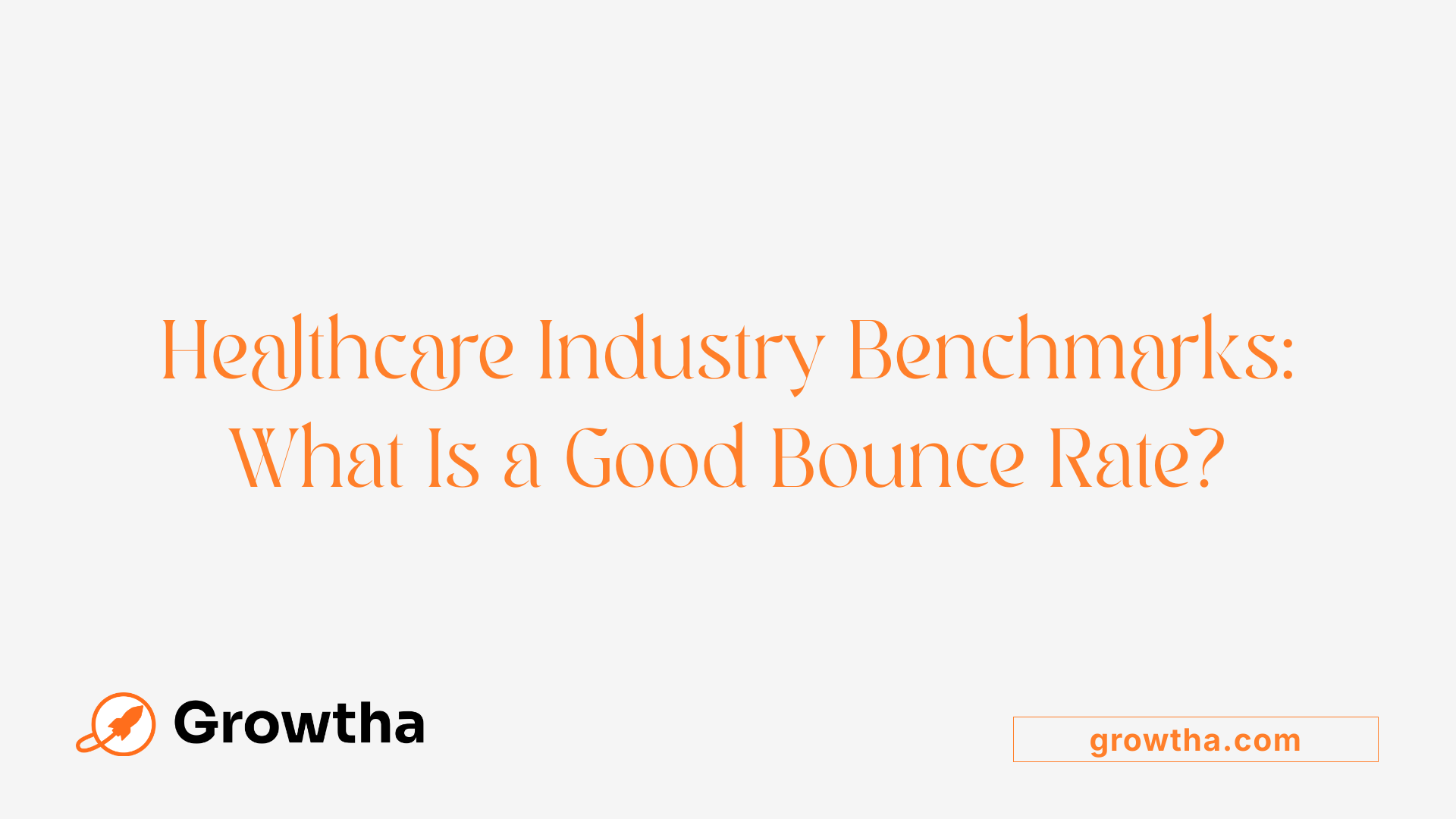
What is considered a good bounce rate for medical websites?
A good bounce rate for medical websites generally falls around 40% or lower. This indicates that visitors are engaged, finding the content relevant, and likely to explore more pages or take desired actions like scheduling an appointment.
Industry data shows that the average bounce rate for health and wellness sites hovers around 38.65%. Maintaining a bounce rate below this level can be a sign of a well-optimized, user-friendly website.
However, a bounce rate of 55% or higher often points to issues such as slow website load times, poor mobile responsiveness, or irrelevant content that does not meet visitors’ expectations. Addressing these issues can significantly improve user engagement.
It's important to note that bounce rates vary depending on the type of content and traffic sources. For example, informational pages like FAQs tend to have higher bounce rates because users find the information they need quickly and leave.
Ultimately, healthcare providers aiming to improve their online presence should focus on reducing bounce rates to enhance user experience, increase trust, and boost search engine rankings. Analyzing site-specific metrics and making targeted improvements is essential for achieving better engagement metrics.
What industry benchmarks are relevant for healthcare websites concerning bounce rate?
Healthcare websites typically experience bounce rates ranging from 55% to 70%. This higher range reflects the nature of the industry, where many visitors come in search of specific information or support, sometimes leaving after fulfilling their purpose.
Educational and informational pages, such as FAQ sections, patient guides, and health blogs, often have naturally higher bounce rates because they serve as single-page resources. Visitors may find the content they need and then exit.
For service-oriented pages—like appointment booking or consultation pages—a bounce rate below 50% is a good target, indicating visitors are engaging more deeply.
Benchmark comparisons help you evaluate your website’s performance. If your bounce rate exceeds industry averages, it suggests room for improvement in areas like website speed, content relevance, and mobile optimization.
Continuous analysis of traffic sources, device types, and user behavior enables healthcare providers to identify specific challenges, such as higher bounce rates on mobile devices due to slower load speeds or confusing navigation. Addressing these issues can help lower bounce rates and foster more meaningful interactions.
In summary, understanding these benchmarks allows healthcare professionals to set realistic goals, optimize their sites effectively, and ultimately, convert more visitors into patients.
Practical Techniques and Best Practices for Reducing Bounce Rate
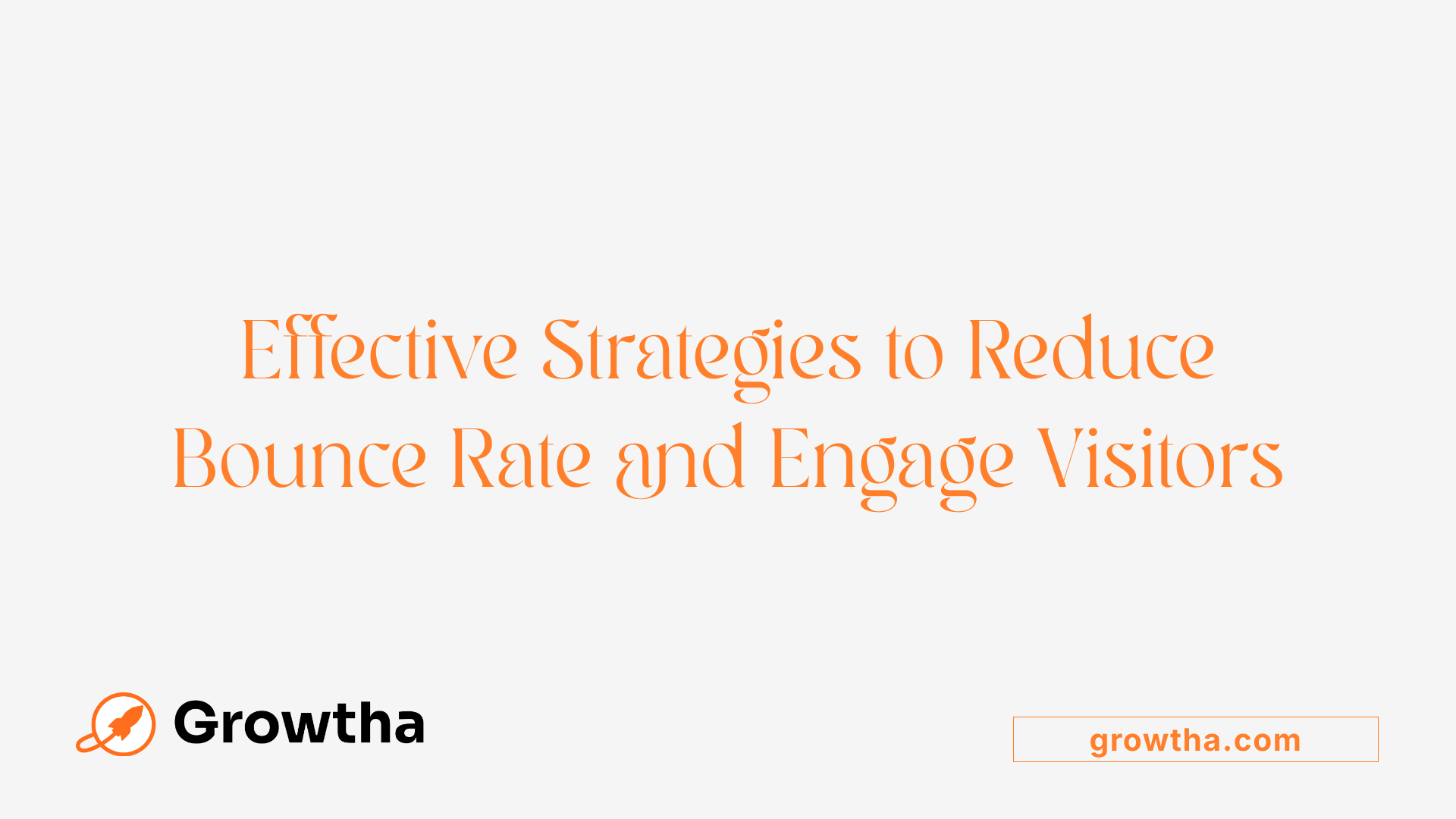
What strategies are effective in reducing bounce rate on medical websites?
Reducing bounce rate on healthcare websites involves a multifaceted approach designed to engage visitors from the moment they land on your page. One of the most effective strategies is optimizing your content to fulfill user intent. This begins with analyzing search queries that bring visitors to your site, allowing you to tailor your information accordingly. Providing precise, relevant content ensures visitors find what they need without frustration.
Design and aesthetics also play a vital role. A professional look with clear hierarchies, appealing visuals, and a simple, clean layout help make the site inviting and trustworthy. This encourages visitors to stay longer and explore further.
Technical improvements are crucial as well. Compressing images, leveraging browser caching, and minimizing unnecessary code significantly reduce load times, especially for mobile users. Fast-loading pages decrease the likelihood of visitors leaving due to impatience.
Enhancing internal linking and navigation further prevents premature exits. Linking related articles, FAQs, and service pages guides visitors seamlessly through your site, while easy-to-use menus and breadcrumbs help them find relevant content effortlessly.
Finally, prominent and compelling calls-to-action (CTAs), such as ‘Book an Appointment’ or ‘Contact Us,’ direct users toward desired outcomes. Regular testing using A/B experiments and analytics tools ensures these methods continue to perform effectively, leading to better engagement and lower bounce rates.
How can internal links and navigation aid in reducing bounce rates?
Internal links and streamlined navigation are vital components of a website’s engagement strategy. By strategically placing internal links, especially above the fold and within relevant content, you guide visitors naturally to related pages, keeping them on your site for longer.
Clear navigation menus with logical hierarchies simplify the exploration process. Including breadcrumb trails helps users track their location, making it easier to return to previous pages or continue browsing relevant sections.
A prominent search bar allows visitors to find specific information quickly, reducing frustration that might cause them to leave. When the internal structure of your website matches the search intent of your visitors, they are more likely to stay and interact.
Regularly reviewing and updating internal links ensures that all content remains relevant and accessible. This ongoing maintenance improves usability, fosters trust, and ultimately minimizes bounce rates. Well-structured navigation not only enhances user experience but also supports your SEO efforts by distributing link equity and clarifying content relevance.
Additional Recommendations for Lower Bounce Rates
| Strategy | Description | Impact on Bounce Rate |
|---|---|---|
| Optimize for User Intent | Match content with visitor searches and needs | Reduces confusion and exits |
| Enhance Visual Appeal | Use high-quality images, videos, and infographics | Engages visitors visually |
| Speed Up Loading Times | Compress images, leverage caching, streamline code | Prevents frustrations from delays |
| Improve Mobile Optimization | Responsive design, fast mobile load times | Lowers mobile bounce rates |
| Simplify Navigation | Clear menus, strategic internal links, breadcrumbs | Makes exploration easy |
| Strengthen Calls to Action (CTA) | Clear, actionable prompts in visible areas | Guides visitors to next steps |
| Regular Content Updates | Keep content fresh and relevant | Encourages revisits |
| Use Interactive Elements | Videos, quizzes, calculators to engage users | Extends onsite stay |
| Perform Regular Testing | A/B testing for layout and content variations | Finds effective strategies |
In summary, focusing on these strategies—centering on content relevance, design quality, technical speed, and navigation clarity—significantly aids in lowering bounce rates. Continuous testing and updates ensure the website remains engaging, trustworthy, and aligned with visitor expectations, ultimately leading to higher patient engagement and improved website performance.
Enhancing User Experience to Lower Bounce Rate for Medical Sites

Why is mobile optimization crucial for reducing bounce rate?
Mobile optimization is essential because more than 63% of users access healthcare websites via mobile devices. If a site isn't designed to work well on smartphones or tablets, visitors often leave quickly, leading to higher bounce rates. Common issues include slow loading times, difficult navigation, and poor display on small screens. Google emphasizes mobile-first indexing, meaning search rankings favor mobile-friendly sites.
To address these issues, healthcare providers can use tools like Google’s Mobile-Friendly Test to find and fix problems. Making websites responsive ensures they adapt smoothly to various device sizes, enhancing user experience. When mobile usability improves, visitors stay longer, engage more, and are more likely to convert into patients. Good mobile optimization not only lowers bounce rates but also boosts search engine rankings and builds patient trust.
Summing Up: Taking Action to Improve Engagement and Conversion
Reducing bounce rate on medical websites is vital for building trust, increasing patient inquiries, and boosting appointment bookings. By focusing on website speed, mobile responsiveness, relevant content, and seamless navigation, healthcare providers can significantly enhance visitor engagement. Employing analytical tools helps monitor performance and refine strategies continuously. Industry benchmarks serve as valuable guides, but tailored improvements based on your specific audience and content yield the best results. Integrating engaging visuals, trustworthy credentials, and clear CTAs transforms a basic website into a compelling platform that encourages visitors to stay longer, explore more, and ultimately convert into loyal patients. Taking proactive, data-driven steps today can lead to sustained growth and a stronger digital presence for your practice.
References
- Reduce Bounce Rate on Your Medical Practice's Website with ...
- 6 Ways to Lower Your Website's Bounce Rate | SmartBug Media®
- Best Practices to Enhance a Medical Website Conversion Rate
- What Is Bounce Rate? (And How to Improve Bounce Rate) - SEO.com
- Improve Your Website's Bounce Rate: We've Got the Answers!
- Things That Make Searchers Bounce | The Study - Doctor Genius
- 12 Tips to Reduce Bounce Rate and Boost Your Conversions
- What is a Good Bounce Rate? And What's a Bad One? | Fullstory
- High Bounce Rate? Identify & Fix the Issues - Search Engine Land




